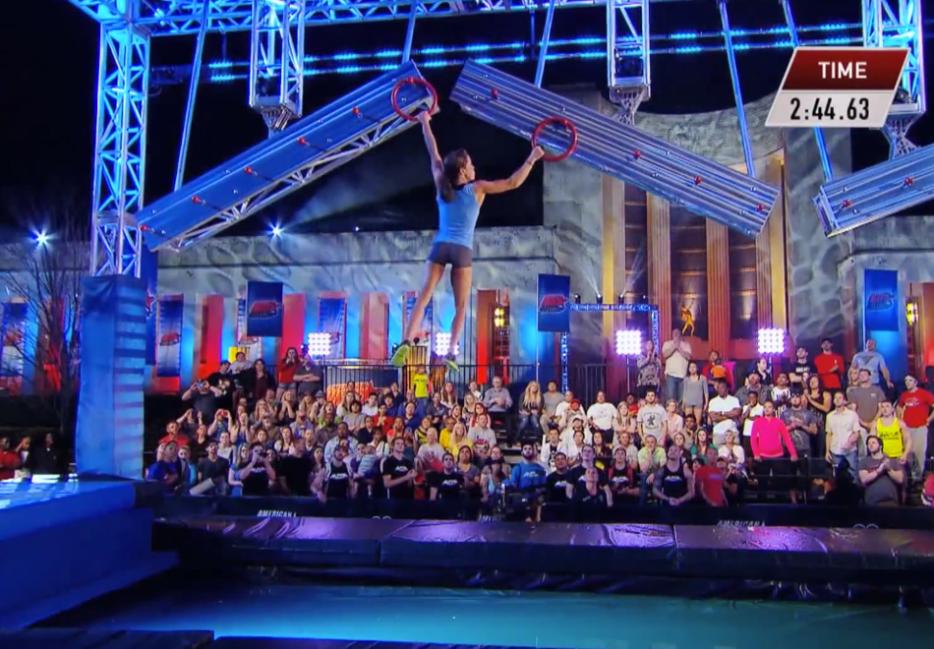There has to be something to the fact that almost every even mildly successful made-up athletic-ish game-show-y spectacle that shows up on American television contains more than a whiff of the playground. Maybe it’s just a matter of implicit permission—that it’s somehow okay to plunk in a system of arbitrary rules and simplistic goals if we can relate back to the last time any of us invented our fun out of a few willing participants and whatever landmarks were within giddy sprinting distance.
So you’ve got American Gladiators, the early ’90s staple that was King of the Hill quite literally on steroids, mixed in with the sick thrill that comes with wailing on someone with an object from the Nerf family (or, in warmer climates, the pool noodle). I can’t be the only short, poorly coordinated, pudgy kid who still has the occasional dream about SlamBall, the trampoline/basketball hybrid that was invented by literally everyone with access to a trampoline and a portable basketball hoop, and which actually had a few official seasons worth of televised competition in the early 2000s. Or there’s Wipeout, the still-running humiliation-a-thon that combines aspects of bouncy castles, The Ground is Lava, and laughing at people eating shit from the top of a slide.
Through all the strained attempts at legitimacy, though, the hype men actually do a decent, if unintentional, job of parodying the acceptable athletic competitions American Ninja Warrior wants to pretend to be. It’s really only because enough people happen to agree with them that the hyperbolic rhetoric of sportscasters goes largely unchecked, that all those slow-mo spirals and buzzer-beaters actually do seem worth mythologizing in clip shows and splashing on front pages. The artifice of something called American Ninja Warrior reveals itself a little more plainly, but the essential difference between being able to curve a ridged ball and run up a curved wall, at least in terms of degree of societal celebration, is that the former has been important for over a century.
Granted, you can’t just manufacture that much feeling, no many how many times you call someone an athlete. But it is a sort of interesting relief, the way these crafted spectacles strain for the threshold of respectability, for that moment when it stops being a game and starts being The Game. Ultimately, it’s all just about how many people have gathered around your playground.






